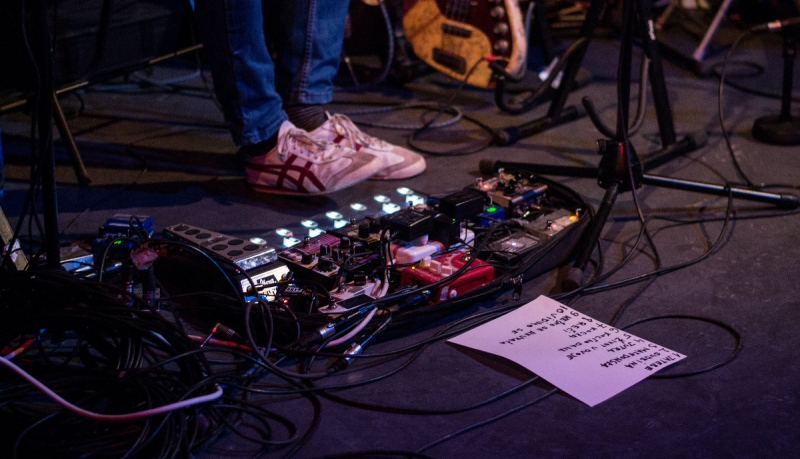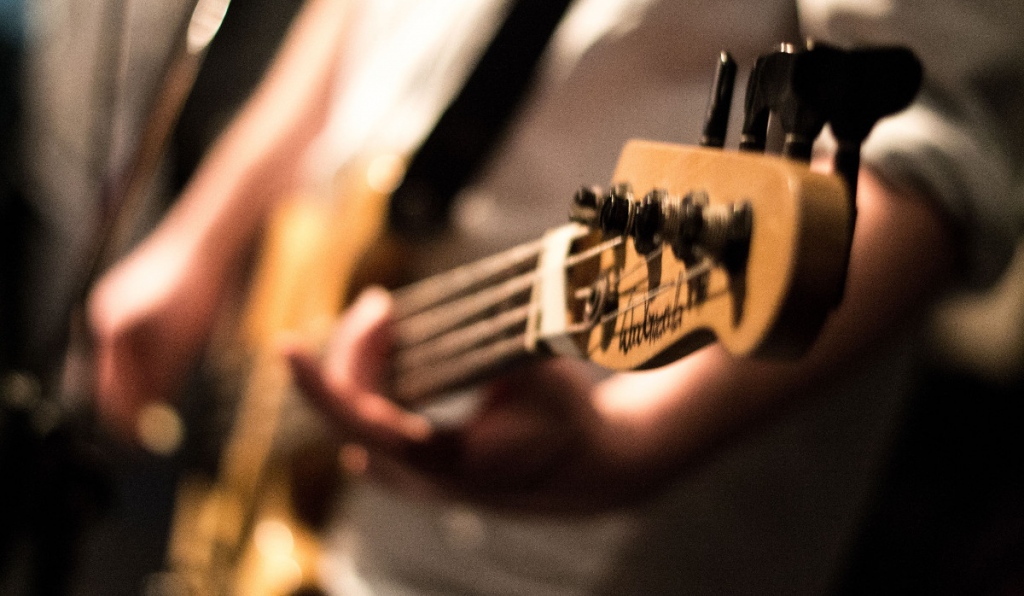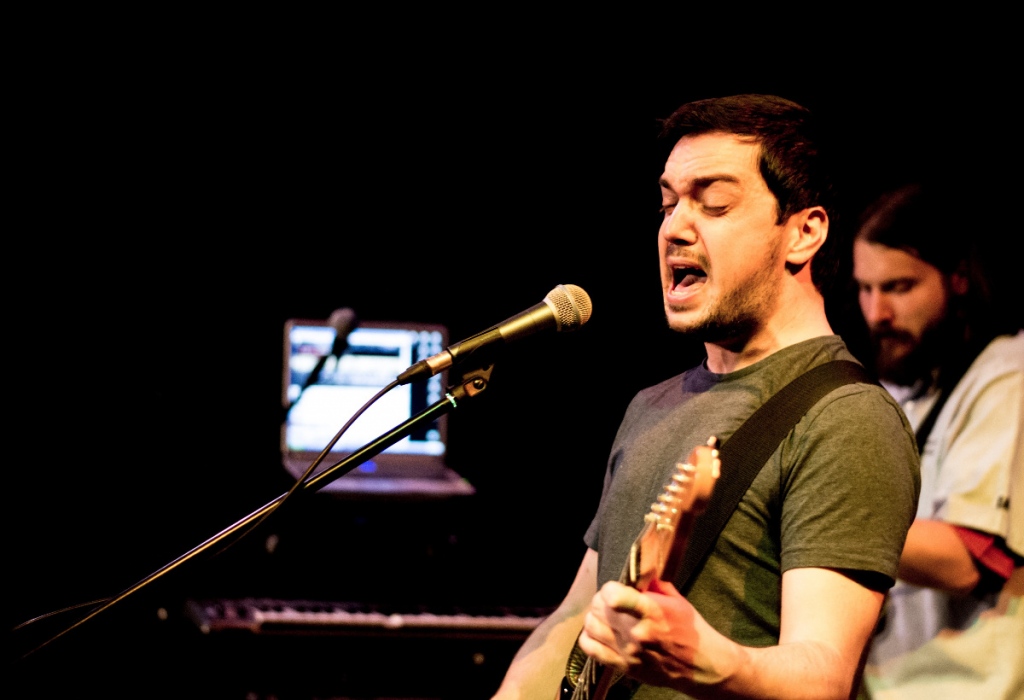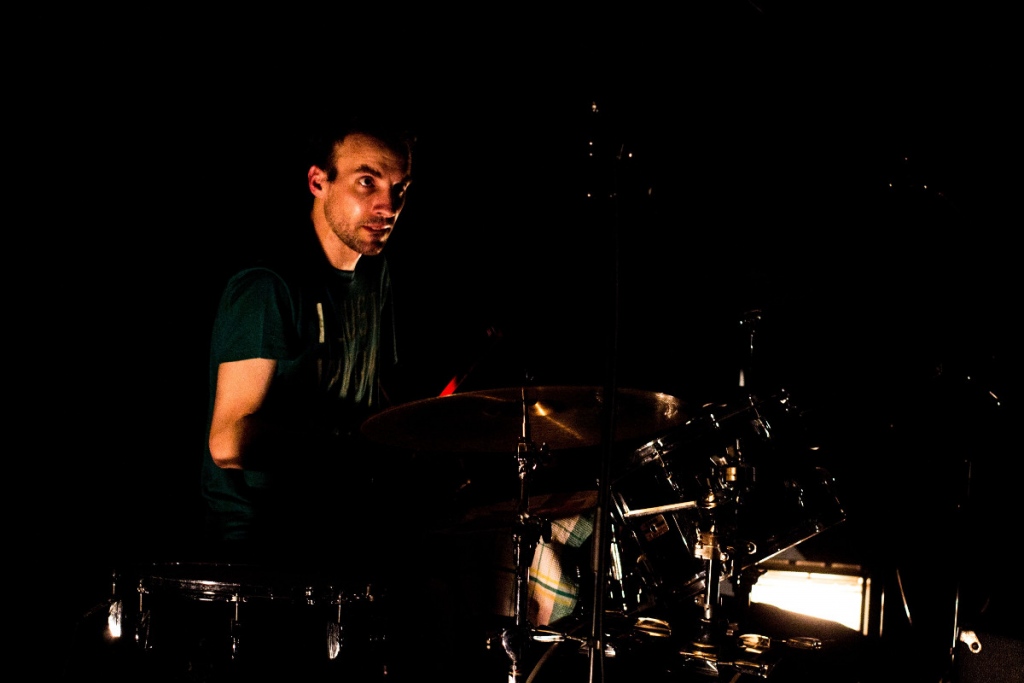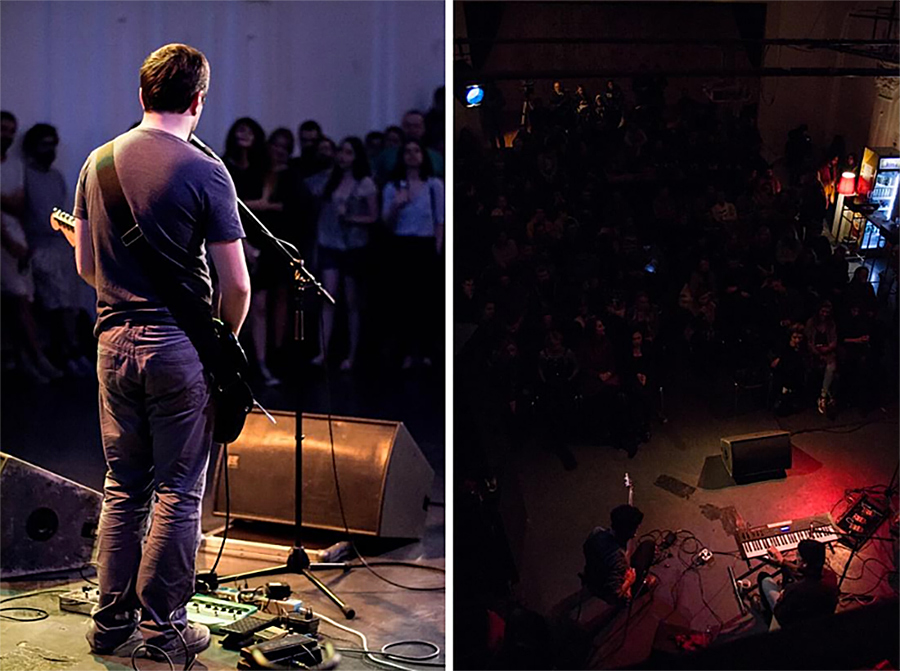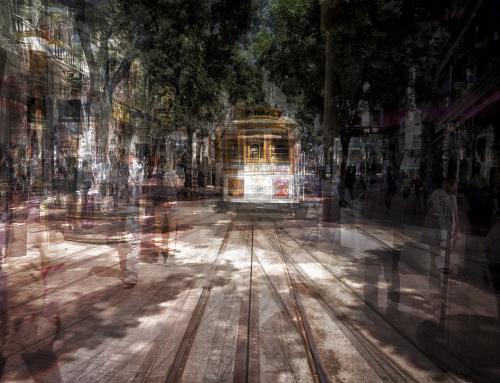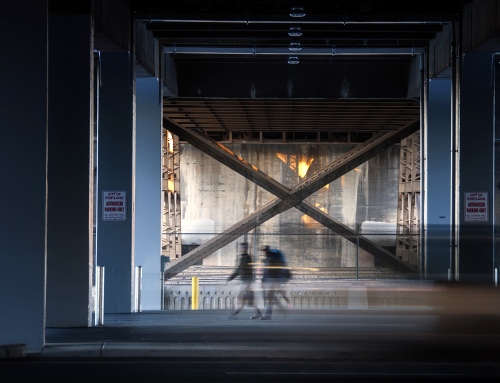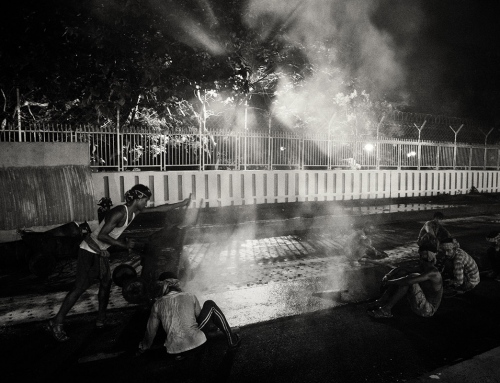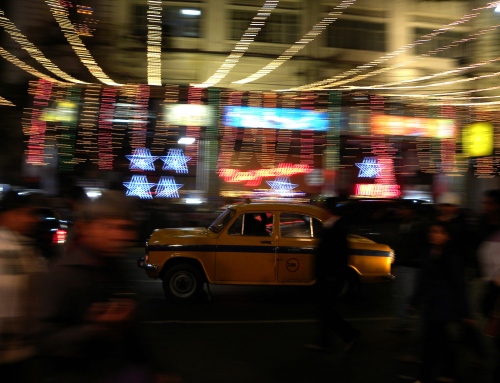Concert photography is tricky and not easy at all. Just imagine yourself in the following situation – you’re at a concert or a small gig of your favorite musicians, with your beloved DSLR, excited because you’ve got a chance to see the band and take some amazing shots by yourself. But, damn – photos you took didn’t quite meet your expectations. There are several reasons for that – too many people were around you or the lights were too poor. Here are some tips on how to overcome the obstacles, become better at gig photography and take those spectacular shots you crave for.
Get one step closer
“If your photos aren’t good enough, then you’re not close enough”, said Robert Capa, a famous war photographer and photojournalist. This can be applied to concert photography as well. Listen to his advice and get as close as you can to the stage. You may annoy a few people as you take a pilgrimage to the promised stage (or may I say land), but it’s worth it. Also, look at your DSLR as a passport to places ordinary audience can’t make it to – this includes stage stairs, balconies (if there are any), or even backstage, if you’re lucky enough to befriend a musician.
Seek those emotions
Music is all about the emotions, right? While taking concert photos, you’ve got a chance to permanently capture the emotions of everyone that is a participant in the show – from the singer, drummer and guitarist, to the girl in the crown just beside you. So, pay attention and be sure to follow the flow of the music, track the singer’s movements, wait for that insane riff or lyric that move people, and be there to capture the moment. Because it’s there only once, and then it’s gone. That’s certainly the main goal of concert photography – to capture the moment.
May lights be your friend, not your foe
One of the trickiest things about shooting concert photography are lights – they vary from spectacular, ever-changing light show which allows you to be more creative, to modest lights which leave the musicians mostly in the dark. If the lights are dynamic and rich in color, play with them – find the angle that suits you the most, and wait for the moment when lights and musicians’ postures click and make a great composition. With the every next photo you take, you’ll see how the atmosphere changes with the lights, and thus, you’ll have a variety of different, interesting images.
In other cases of shooting concert photography, when lights are poor, one of the things that you could do is to focus on the details which could be shot without grain, on low ISO values, hunt the light and try to make the most out of your image, or secondly – not to worry about the sharpness of the image, bring your ISO to higher values and just search for the unique expressions of band’s members. It is also interesting to capture the musicians’ movements while they play – you can achieve that with lower shutter speeds.
Include the audience in your live band photography
Gigs are all-around events – it’s not just about the music. So, be sure to include the venue, the atmosphere and the people attending (and I’m sure there are many interesting faces in the crowd around you, just look for them). In such way, you’ll cover a lot more of the event and be more satisfied with your final results, and your concert photography skills will reach another level.
With all that said, I just have one last piece of advice to tell you, and it’s maybe the most important one – don’t forget to have fun. Live event photography and concert photography, in general, should transfer the excitement of live music. If you enjoyed the gig, it will be visible on your photos, I’m sure of that.
